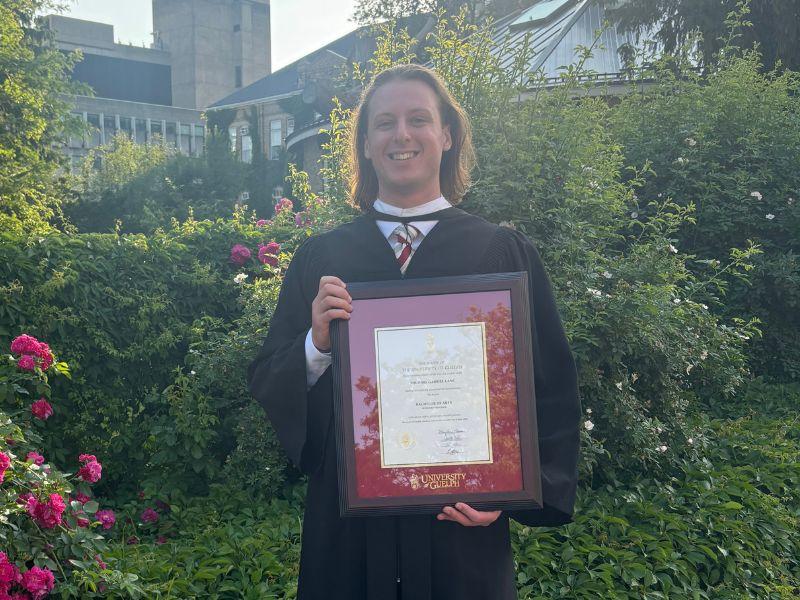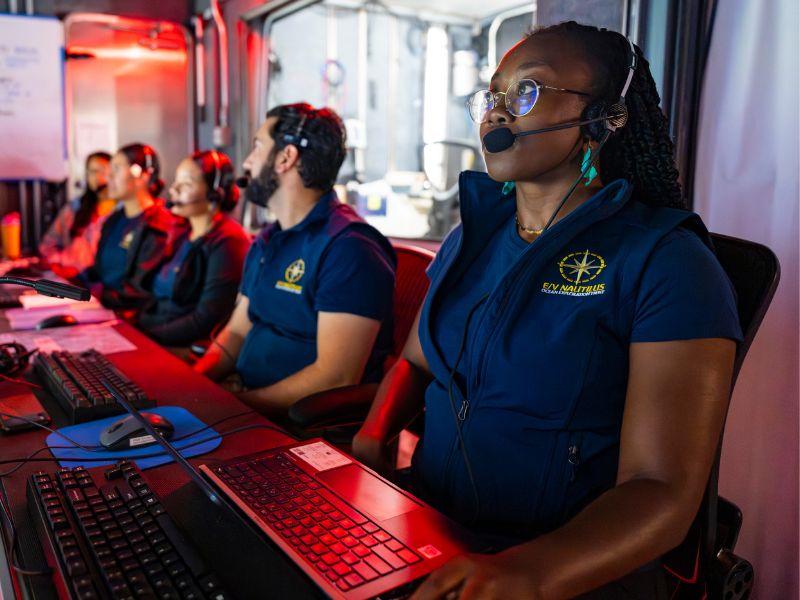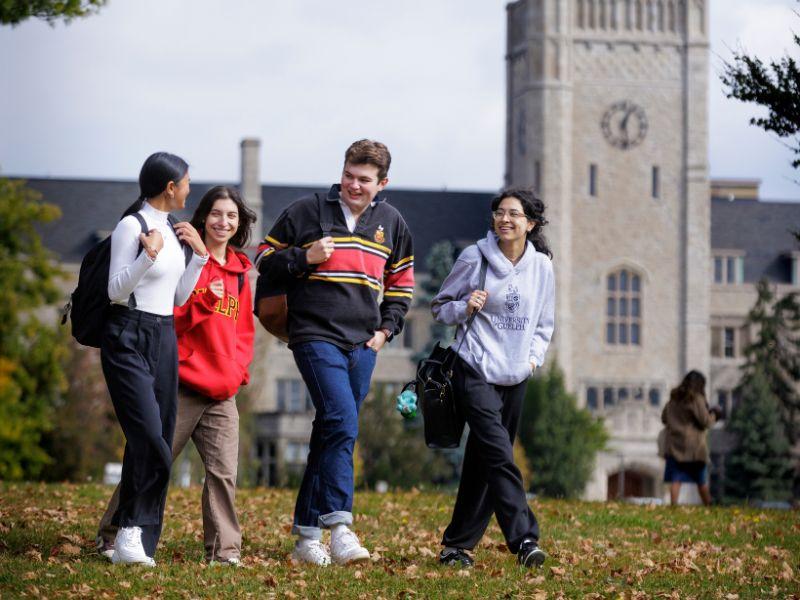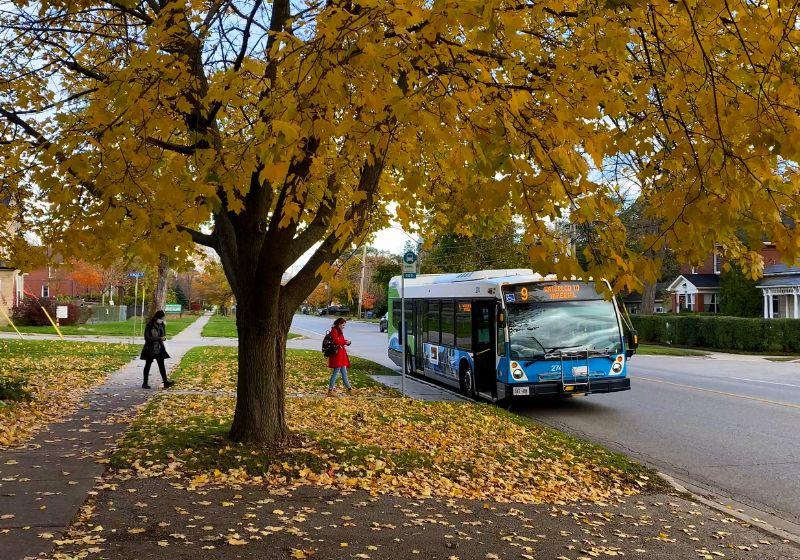
University of Guelph
Improve your Life
Explore over 100 majors, in career-focused disciplines with over 4,000 co-op opportunities (Experiential Learning). Join a welcoming community of Canadian and international students. We prepare you for the future, so you can find success in your education, career, and life.
Our Rankings
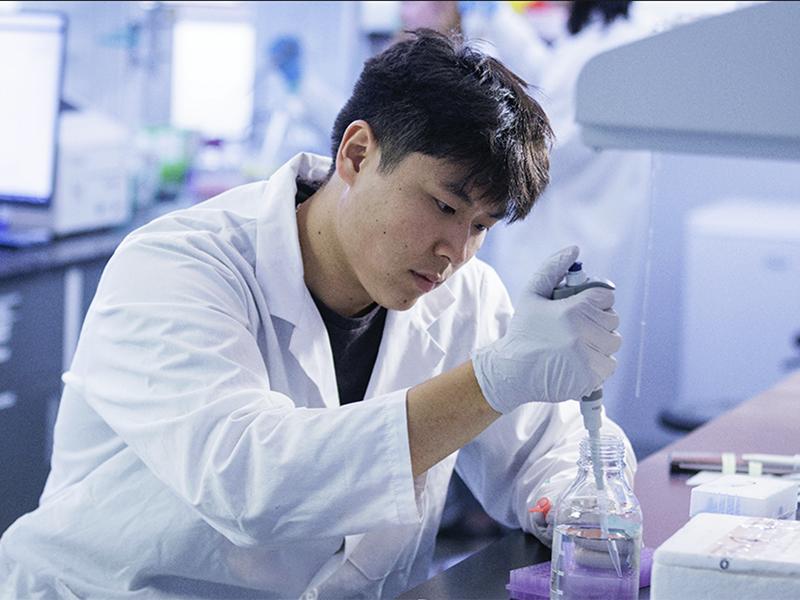
U of G Subjects Rank First in Canada, Top 50 in World
The University of Guelph has been ranked as one of the top universities in the world by subject, according to the Global Ranking of Academic Subjects by Shanghai Ranking Consultancy.
- Among World's Best in 12 Subject Areas
- QS TopUniversities, 2025
- A Top Canadian Comprehensive University
- Macleans, 2025
- Top 150 in the world for Life Sciences
- Times Higher Education, 2025
- Top 10 in Canada for Reputation
- Times Higher Education, 2025
Our Students
The University of Guelph is home to a diverse campus culture comprising more than 36,000 students from across Canada and the world. Hear directly from of our students to discover why it was the right choice for them.
Study Engineering
Tap into your love of problem-solving by gaining in-demand skills to address the world’s greatest challenges.
Study Health
Follow your passion for helping others and build the foundation needed to pursue a career in health care.
Study Business
Leverage your entrepreneurial spirit with hands-on experience and insights needed to succeed in business.
Study Arts & Society
Harness your creativity and compassion by obtaining the tools required to drive positive societal change.
Our Grads
With over 215,000 alumni living in 150 countries, the University of Guelph community extends beyond campus and graduation. Learn all about our incredible grads and how U of G helped prepare them for a successful career.
Our Campus
The University of Guelph’s stunning and picturesque campus is located in southern Ontario just an hour outside Toronto.
Our Community
On-Campus or Off-Campus, Domestic or International, the University of Guelph’s supportive and welcoming community helps all students stay connected and thrive.
- #1 for Campus Food
- Maclean's
- 300+ Student Clubs
- U of G Student Experience
- Free Well-being Supports and Resources
- U of G Student Wellness
- Top 3 Safest Cities in Canada
- Rentola, 2023


